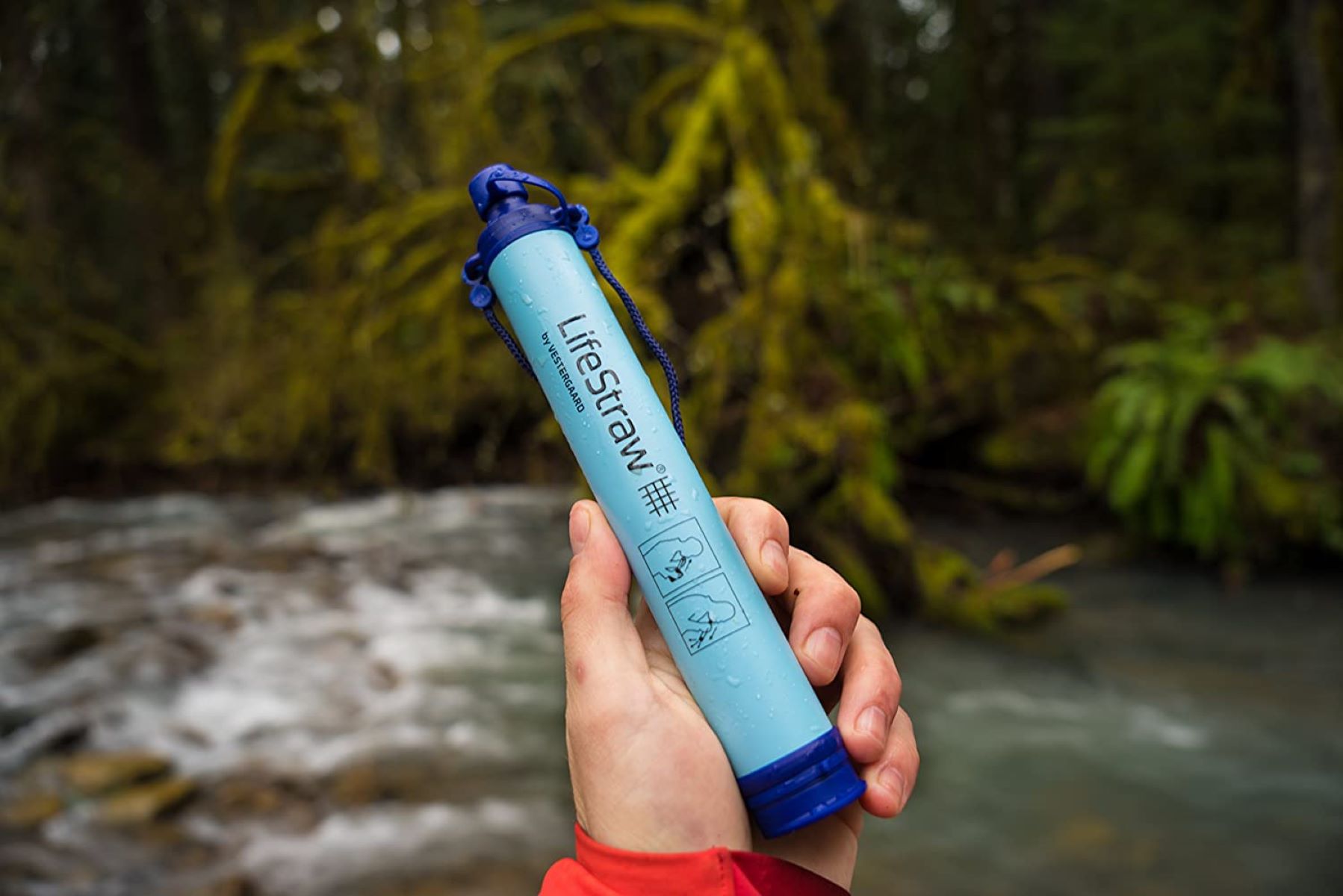

Articles
How To Store Lifestraw
Modified: December 7, 2023
Learn how to properly store your Lifestraw with our informative articles. Find tips and tricks to ensure your Lifestraw stays in perfect working condition for your outdoor adventures.
(Many of the links in this article redirect to a specific reviewed product. Your purchase of these products through affiliate links helps to generate commission for Storables.com, at no extra cost. Learn more)
Introduction
When it comes to emergency preparedness and outdoor adventures, having access to clean and safe drinking water is crucial. This is where a Lifestraw comes in handy. A Lifestraw is a portable water filter that allows you to drink directly from a water source, removing bacteria, protozoa, and other contaminants.
However, owning a Lifestraw is not enough. Proper storage is essential to ensure its longevity and effectiveness when you need it the most. Storing your Lifestraw correctly will protect it from damage and ensure that it remains in optimal condition for future use.
In this article, we will guide you on how to store your Lifestraw effectively, including important factors to consider and specific steps to follow. We will also provide you with some tips on how to maintain your Lifestraw during storage.
By following these guidelines, you can ensure that your Lifestraw remains reliable and ready to provide you with clean drinking water whenever and wherever you need it.
Key Takeaways:
- Properly storing your Lifestraw is crucial for maintaining its effectiveness, prolonging its filter life, and ensuring safe drinking water in emergencies and outdoor adventures.
- Follow simple steps and tips to store your Lifestraw in a clean, dry, and protective manner, ensuring its readiness and reliability for clean drinking water anytime, anywhere.
Read more: How To Store Basil From Store
What is a Lifestraw?
A Lifestraw is a compact water filtration device that allows you to safely consume water from potentially contaminated sources. It was developed by Vestergaard, a Swiss-based company, with the aim of providing a simple and effective solution to the global problem of safe drinking water.
The Lifestraw works on the simple principle of mechanical filtration. It is equipped with a high-tech membrane filter that traps contaminants such as bacteria, parasites, and microplastics while allowing clean water to pass through.
One of the key features of the Lifestraw is its portability. It is designed to be lightweight and easy to carry, making it a perfect companion for travelers, hikers, campers, and emergency situations. With a Lifestraw, you can drink directly from rivers, streams, ponds, or even puddles, knowing that the water is safe to consume.
Another advantage of the Lifestraw is its long filter life. A single Lifestraw can filter up to 4,000 liters (1,000 gallons) of water before needing to be replaced. This makes it a cost-effective and sustainable solution for accessing clean water in areas where it may be scarce or contaminated.
Furthermore, the Lifestraw requires no electrical power or batteries to function. It operates purely on the user’s suction, making it a reliable and low-maintenance water filtration option.
Overall, the Lifestraw is a revolutionary invention that empowers individuals to take control of their water consumption, especially in situations where access to safe drinking water is limited. By understanding the importance of storing your Lifestraw properly, you can ensure its longevity and optimize its performance when you need it most.
Why Do You Need to Store Your Lifestraw Properly?
Proper storage of your Lifestraw is essential for several reasons. Here are a few key reasons why you should take the time and effort to store your Lifestraw properly:
Maintaining Effectiveness
A Lifestraw is designed to remove contaminants from water, ensuring that it is safe to drink. However, improper storage can lead to damage or clogging of the filter, compromising its effectiveness. By storing your Lifestraw properly, you can protect the filter from physical damage, prevent clogging, and ensure that it continues to work optimally.
Prolonging Filter Life
The filter inside a Lifestraw has a specific lifespan. By storing it properly, you can help prolong its filter life. This means that you will be able to use your Lifestraw for a longer period before needing to replace the filter. Proper storage can prevent unnecessary wear and tear and maintain the integrity of the filter, saving you both time and money in the long run.
Read more: How To Store Store-Bought Bread
Avoiding Contamination
Storing your Lifestraw in an environment that is clean and free from contaminants is crucial. Exposure to dirt, dust, and other pollutants can compromise the cleanliness of the filter and introduce unwanted particles into your drinking water. Storing your Lifestraw properly helps to minimize the risk of contamination and ensures that the water you consume remains safe and pure.
Preventing Damage
A Lifestraw is a delicate device, and improper storage can lead to damage. Mishandling or storing it in a way that exposes it to extreme temperatures, excessive moisture, or pressure can cause the device to become damaged or even unusable. By storing your Lifestraw properly, you can protect it from such risks and ensure that it remains in good working condition for a long time.
In summary, proper storage of your Lifestraw is essential to maintain its effectiveness, prolong its filter life, avoid contamination, and prevent damage. By taking the necessary precautions, you can ensure that your Lifestraw remains a reliable tool for accessing clean and safe drinking water in various situations.
Factors to Consider When Storing Your Lifestraw
When it comes to storing your Lifestraw, there are several factors to consider to ensure its longevity and effectiveness. Here are some key factors to keep in mind:
Clean and Dry Environment
It is important to store your Lifestraw in a clean and dry environment. Avoid storing it in areas with excessive moisture, as this can lead to the growth of mold or mildew, which can damage the filter. Choose a storage location that is free from dirt, dust, and other contaminants to maintain the cleanliness of the Lifestraw.
Read more: How To Store Basil From Grocery Store
Avoid Extreme Temperatures
Extreme temperatures can have a negative impact on the performance and lifespan of your Lifestraw. Avoid storing it in areas of extreme heat or cold, such as in direct sunlight or near heating vents. High temperatures can cause the filter membrane to degrade, while freezing temperatures can damage the internal components. Store your Lifestraw in a temperature-controlled environment for optimal results.
Protection from Physical Damage
To ensure the longevity of your Lifestraw, it is crucial to protect it from physical damage. Avoid storing it in a place where it can be easily bumped, dropped, or crushed. Consider using a protective case or pouch to keep it safe during storage, especially if you plan to store it along with other camping or outdoor gear.
Avoid Chemical Exposure
Chemical exposure can cause damage to the filter of your Lifestraw. Keep it away from sources of chemicals such as cleaning agents, insect repellents, gasoline, or solvents. Even a small amount of chemical exposure can compromise the effectiveness of the filter and render it unusable. Store your Lifestraw in an area where it won’t come into contact with any potentially harmful substances.
Regular Inspections
Make it a habit to regularly inspect your stored Lifestraw to ensure that it is in good condition. Check for any signs of damage, such as cracks, tears, or leaks. Inspect the filter for any clogs or discoloration. If you notice any issues, take appropriate action immediately to address them or consider replacing the filter if necessary.
By considering these factors when storing your Lifestraw, you can help maintain its effectiveness, prolong its lifespan, and ensure that it remains in optimal condition for future use.
Read more: How To Store Pluots
Step-by-Step Guide to Storing Your Lifestraw
Properly storing your Lifestraw is essential to ensure its longevity and effectiveness. Follow these simple steps to store your Lifestraw correctly:
Step 1: Rinse the Lifestraw
Before storing your Lifestraw, rinse it with clean water to remove any dirt or debris that may have accumulated during use. Rinse both the inlet and outlet ends of the Lifestraw to ensure thorough cleaning.
Step 2: Allow the Lifestraw to Dry
After rinsing, allow the Lifestraw to dry completely. Invert it to allow any excess water to drain out. Ensure that both ends of the Lifestraw are dry before proceeding to the next step.
Step 3: Store in a Protective Case
Place your Lifestraw in a protective case or pouch to safeguard it from physical damage during storage. A sturdy and water-resistant case will help protect it from impact, dust, and other contaminants. Make sure the case is clean and dry before placing the Lifestraw inside.
Read more: How To Store Paxlovid
Step 4: Choose an Ideal Storage Location
Select a suitable location for storing your Lifestraw. It should be a clean, dry, and temperature-controlled area. Avoid storing it in direct sunlight, extreme temperatures, or areas with high humidity. Ideally, store it with your other camping or emergency gear in a designated storage box or backpack.
Step 5: Check Regularly
Make it a habit to check your stored Lifestraw periodically. Inspect the filter for any signs of damage or clogs. Ensure that the protective case or pouch is intact and free from any tears. If you notice any issues, address them promptly to ensure the continued effectiveness of your Lifestraw.
Following these steps will help you store your Lifestraw properly, ensuring that it remains in excellent condition and ready for use whenever you need it.
Tips for Maintaining Your Lifestraw During Storage
Proper maintenance during storage is crucial to keep your Lifestraw in optimal condition. Here are some useful tips to help you maintain your Lifestraw during storage:
1. Clean and Dry
Before storing your Lifestraw, ensure that it is thoroughly cleaned and completely dry. This helps prevent the growth of mold or mildew during storage. If the Lifestraw is not clean and dry, it may lead to unpleasant odors or even damage to the filter.
Read more: How To Store Cameras
2. Store in a Cool, Dry Place
Choose a storage location that is cool, dry, and away from direct sunlight. Excessive heat or humidity can compromise the quality of the filter and reduce its effectiveness. Avoid storing your Lifestraw near heating vents or in areas where condensation or moisture may occur.
3. Protect from Impact
To prevent physical damage, store your Lifestraw in a protective case or pouch. This will protect it from impact and potential scratches. Avoid storing it in crowded areas where it may get bumped or damaged by other items.
4. Avoid Extreme Temperatures
Extreme temperatures can significantly affect the lifespan and performance of your Lifestraw. Avoid storing it in extremely hot or cold environments, such as a car trunk during summer or exposed to freezing temperatures in winter. Extremes in temperature can cause damage to the filter and compromise its effectiveness.
5. Regular Inspections
Periodically inspect your stored Lifestraw to ensure it remains in good condition. Check for any signs of damage, such as cracks or tears in the casing. Inspect the filter for any clogs or discoloration. If you notice any issues, take the necessary steps to address them promptly.
Read more: How To Store Skis
6. Replace the Filter as Needed
The filter inside the Lifestraw has a specific lifespan. Check the manufacturer’s instructions to know when it’s time to replace the filter. If you have surpassed the recommended usage, or if you notice a significant decrease in the flow rate or taste of the water, consider replacing the filter before storing the Lifestraw.
By following these tips, you can ensure that your Lifestraw is well-maintained during storage. This will help prolong its lifespan and ensure its effectiveness when you need it for your outdoor adventures or emergency situations.
Conclusion
Storing your Lifestraw properly is essential to maintain its effectiveness and longevity. By following the steps and tips outlined in this article, you can ensure that your Lifestraw remains in optimal condition and ready to provide you with clean and safe drinking water whenever and wherever you need it.
Remember to rinse and dry your Lifestraw before storing it in a clean and dry environment. Use a protective case or pouch to safeguard it from physical damage. Choose a storage location that is cool and away from extreme temperatures. Regularly inspect your Lifestraw to ensure it remains in good working condition, and replace the filter as recommended by the manufacturer.
Properly storing your Lifestraw not only prolongs its filter life but also ensures that it is ready for use when emergencies strike or when you embark on outdoor adventures. With a well-maintained Lifestraw, you can have peace of mind, knowing that you have a reliable source of clean drinking water.
So, take the time to store your Lifestraw properly and make it a part of your emergency preparedness kit or outdoor gear. With the right care and maintenance, your Lifestraw will be a valuable tool that can provide you with safe drinking water in any situation.
Start implementing these storage practices today to ensure that your Lifestraw remains a trusted companion throughout your journeys, keeping you hydrated and healthy wherever you go.
Frequently Asked Questions about How To Store Lifestraw
Was this page helpful?
At Storables.com, we guarantee accurate and reliable information. Our content, validated by Expert Board Contributors, is crafted following stringent Editorial Policies. We're committed to providing you with well-researched, expert-backed insights for all your informational needs.
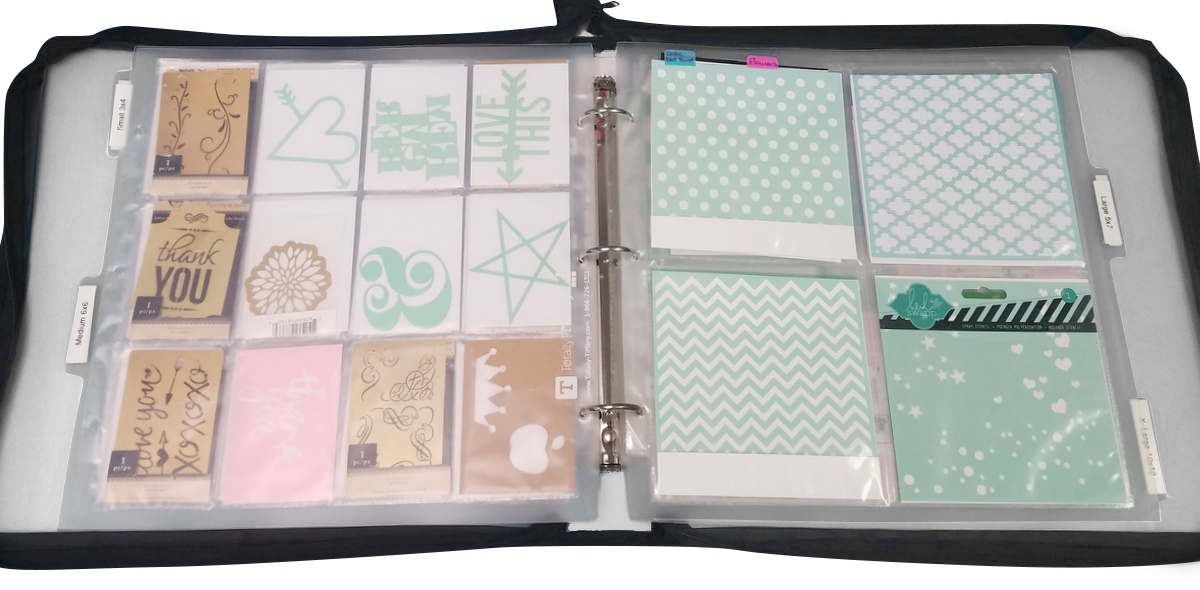
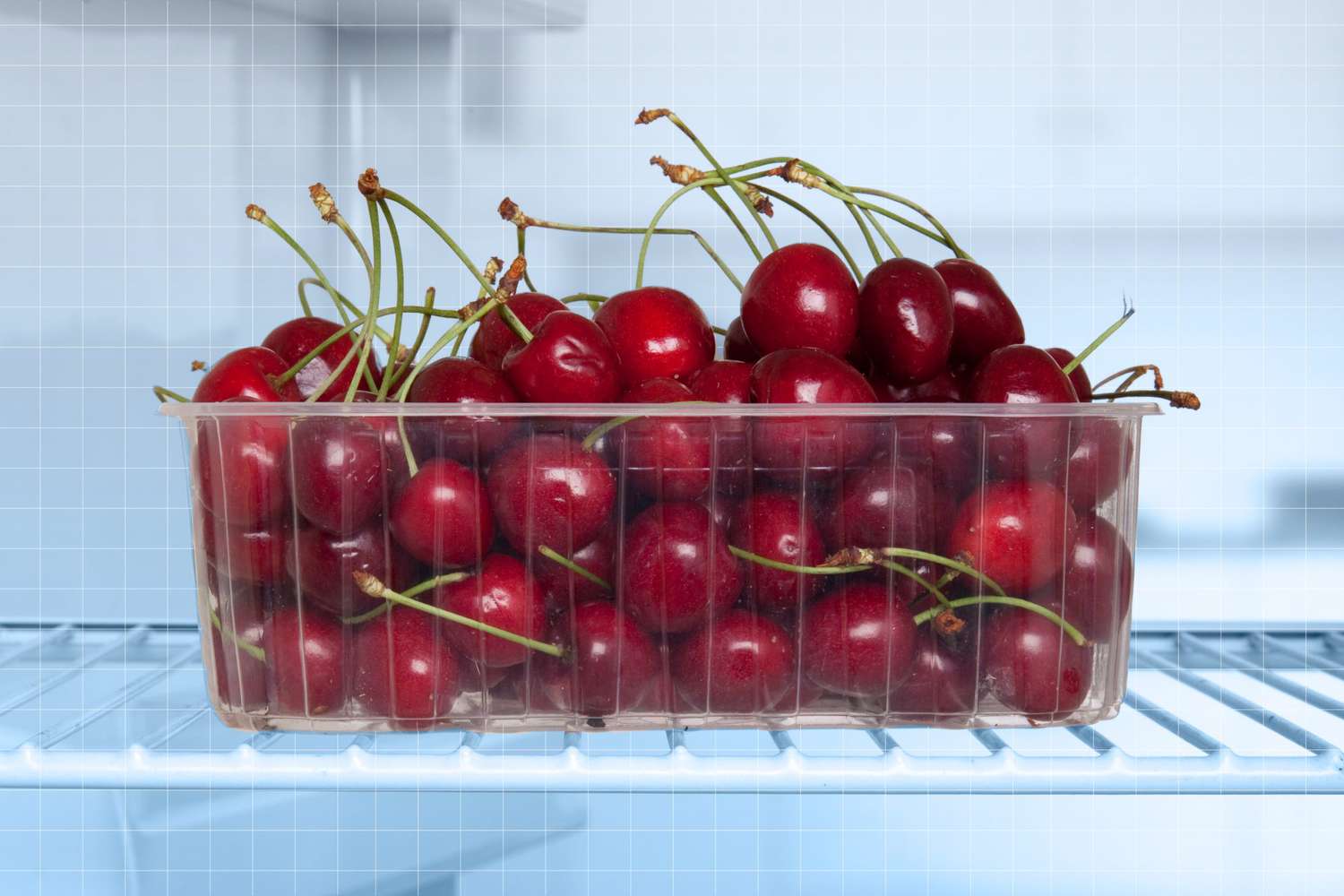

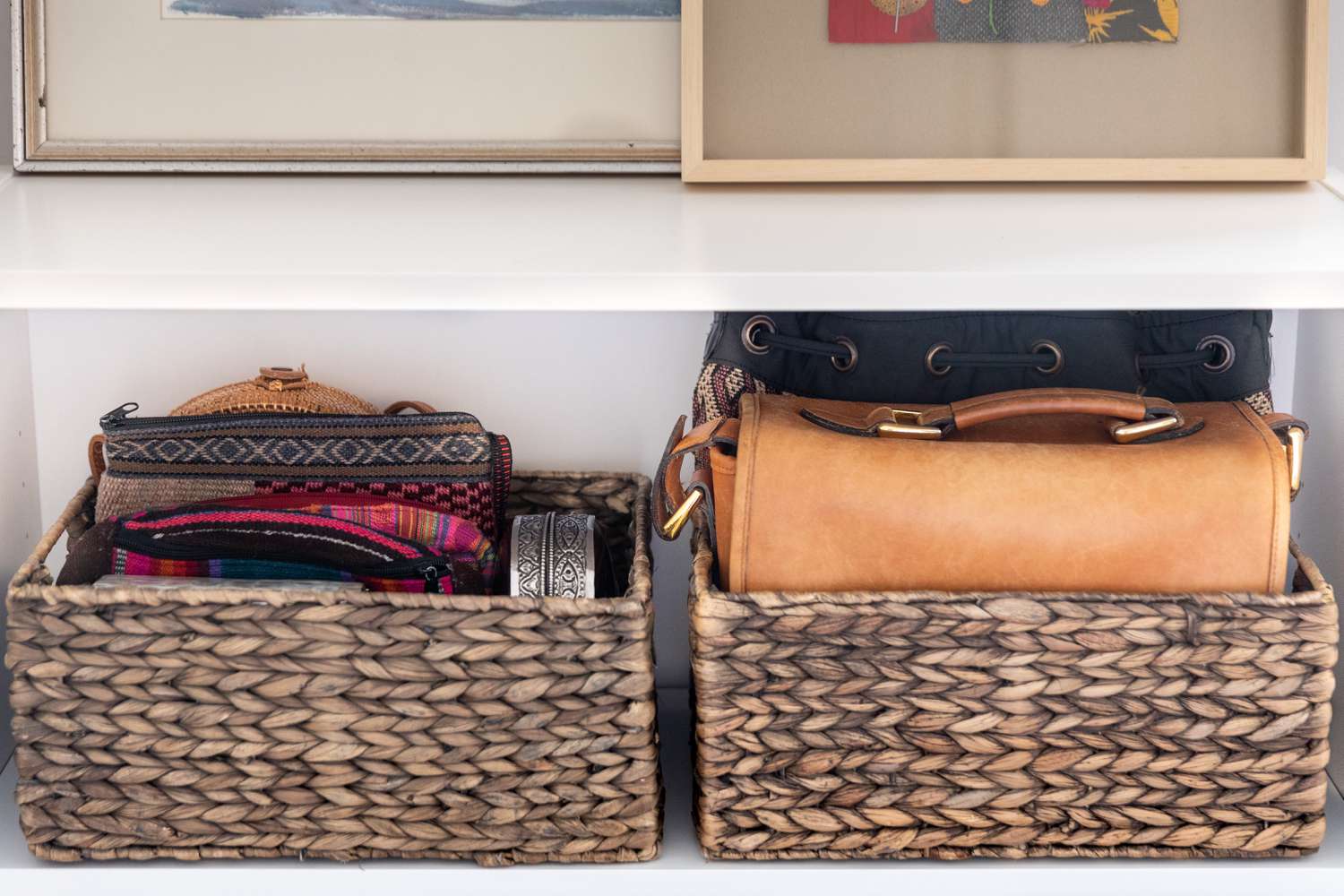
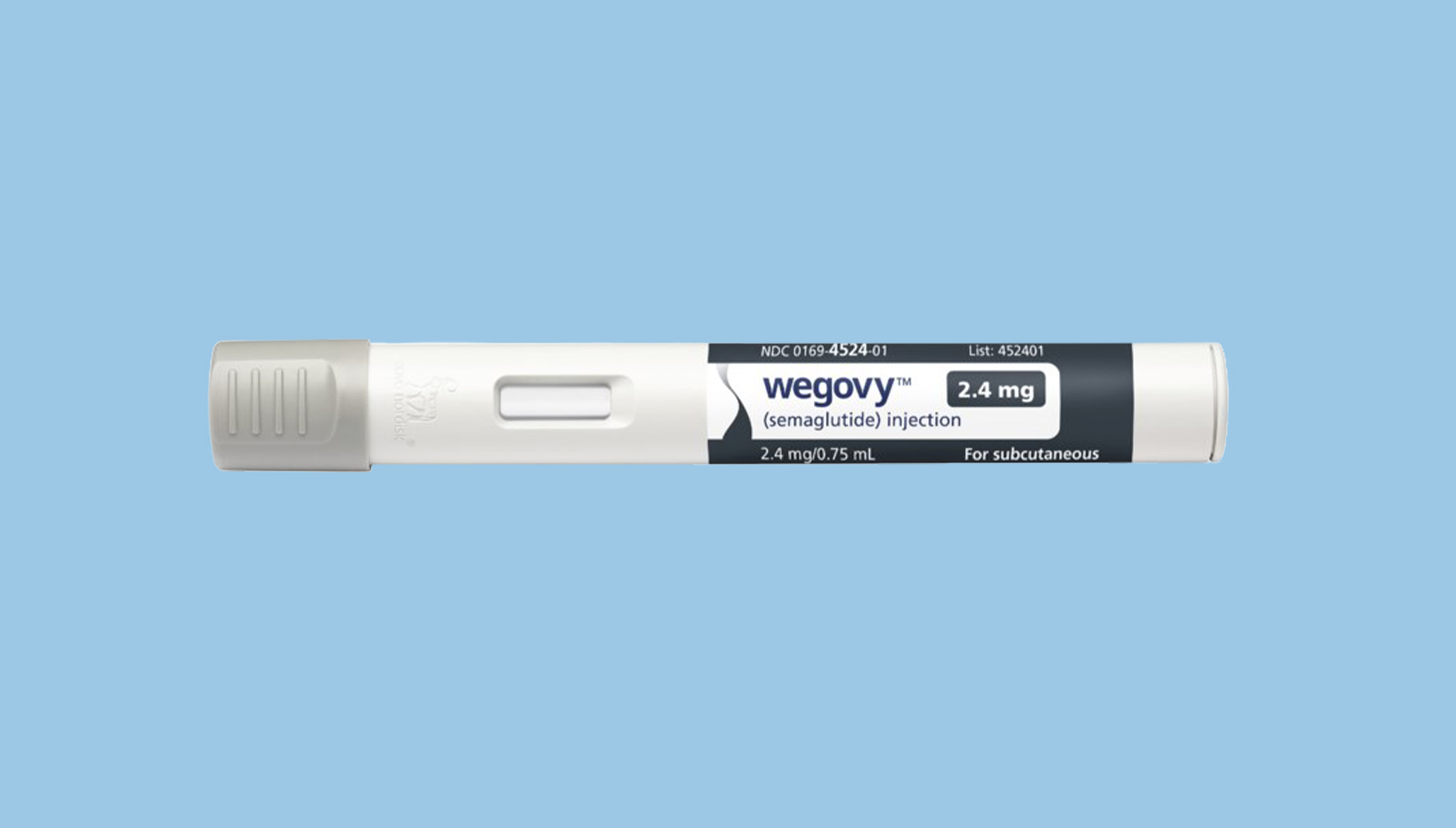


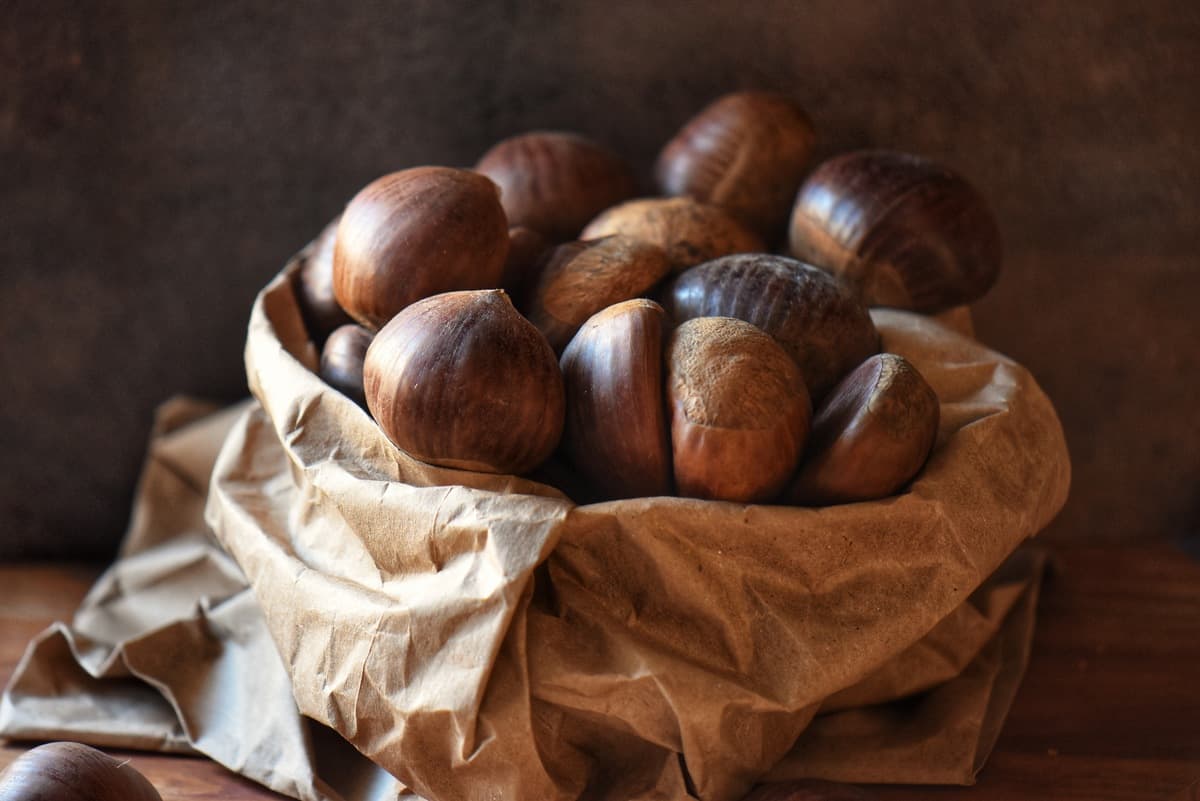
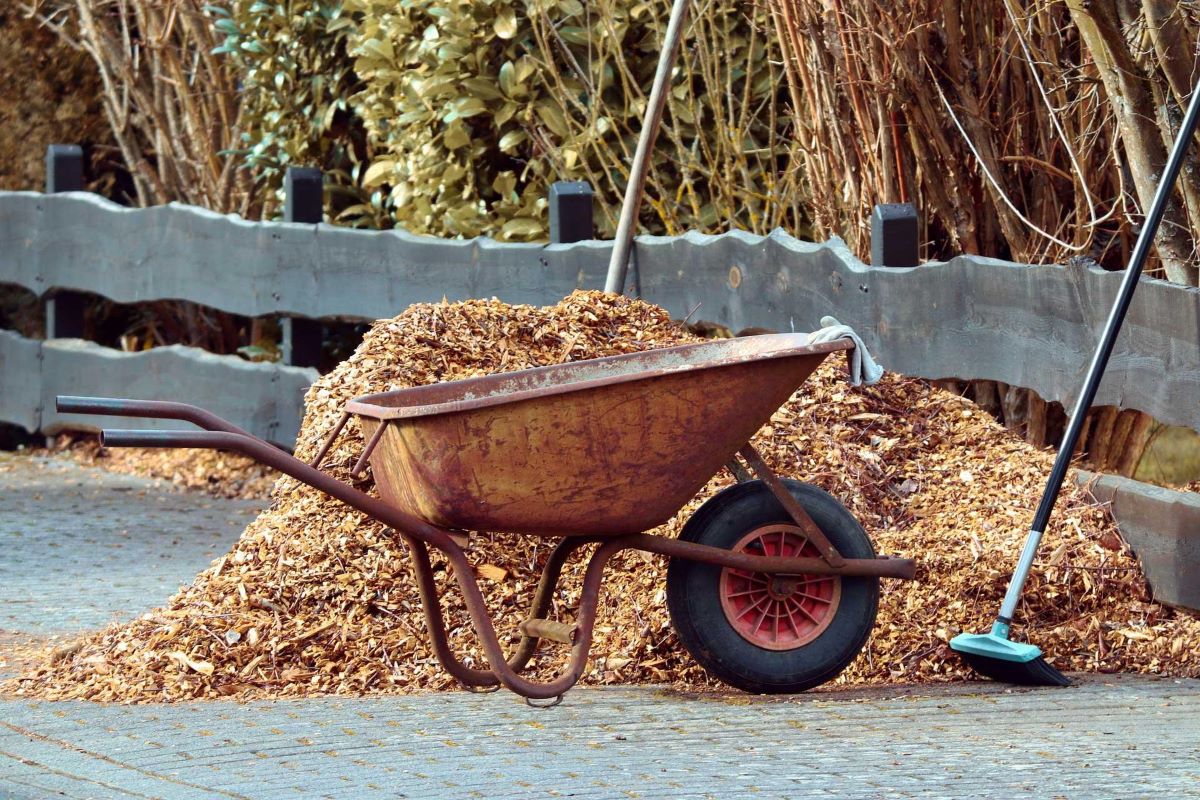

0 thoughts on “How To Store Lifestraw”